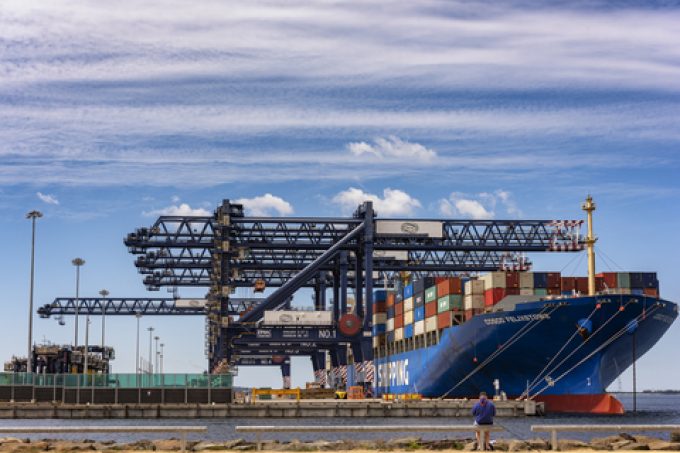Hauliers add surcharge for collections from congested London Gateway
Container haulage firms serving London Gateway in the UK have begun to introduce a £150 ...

One of Australia’s largest agricultural shippers has lashed out at “rapid increases” to port infrastructure fees levied by the country’s terminal operators.
Last week, a report by the Australian Competition and Consumer Commission (ACCC) revealed how the country’s stevedores are using the controversial charges to offset ...

Comment on this article